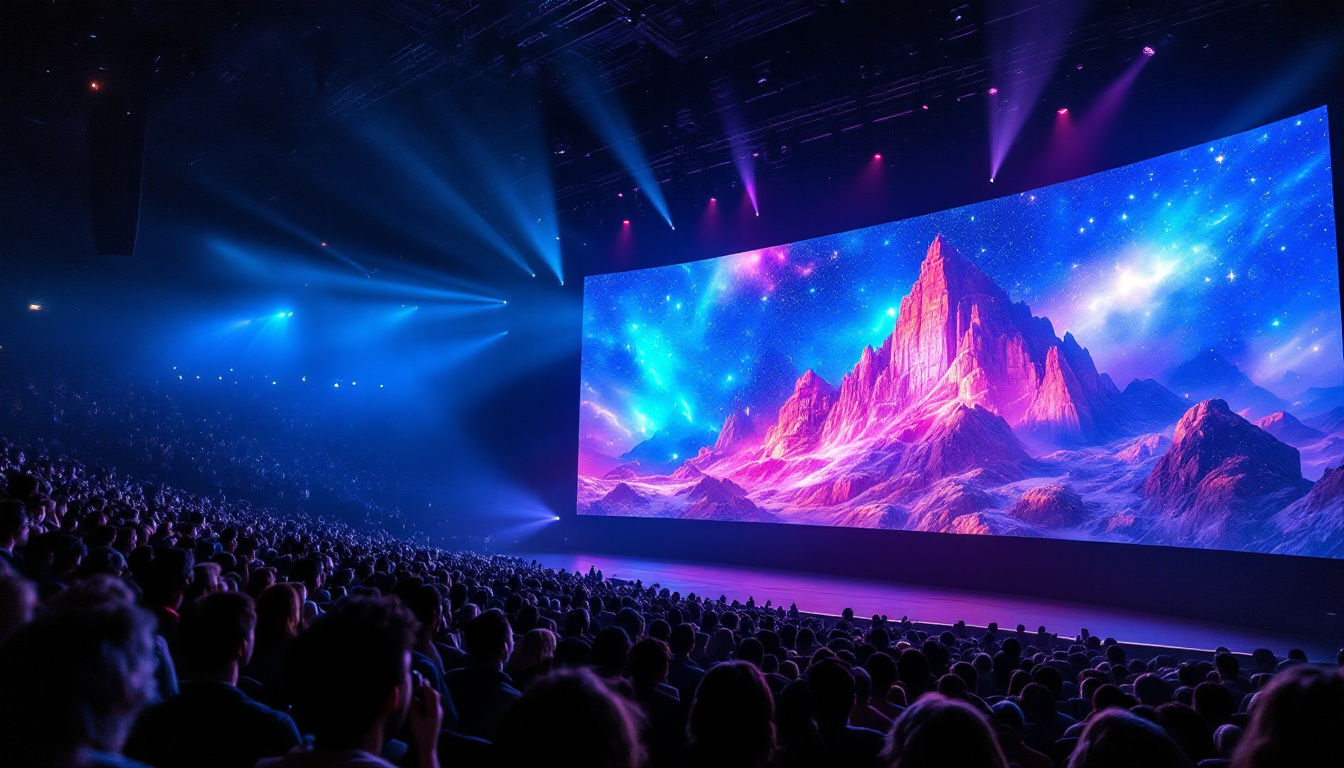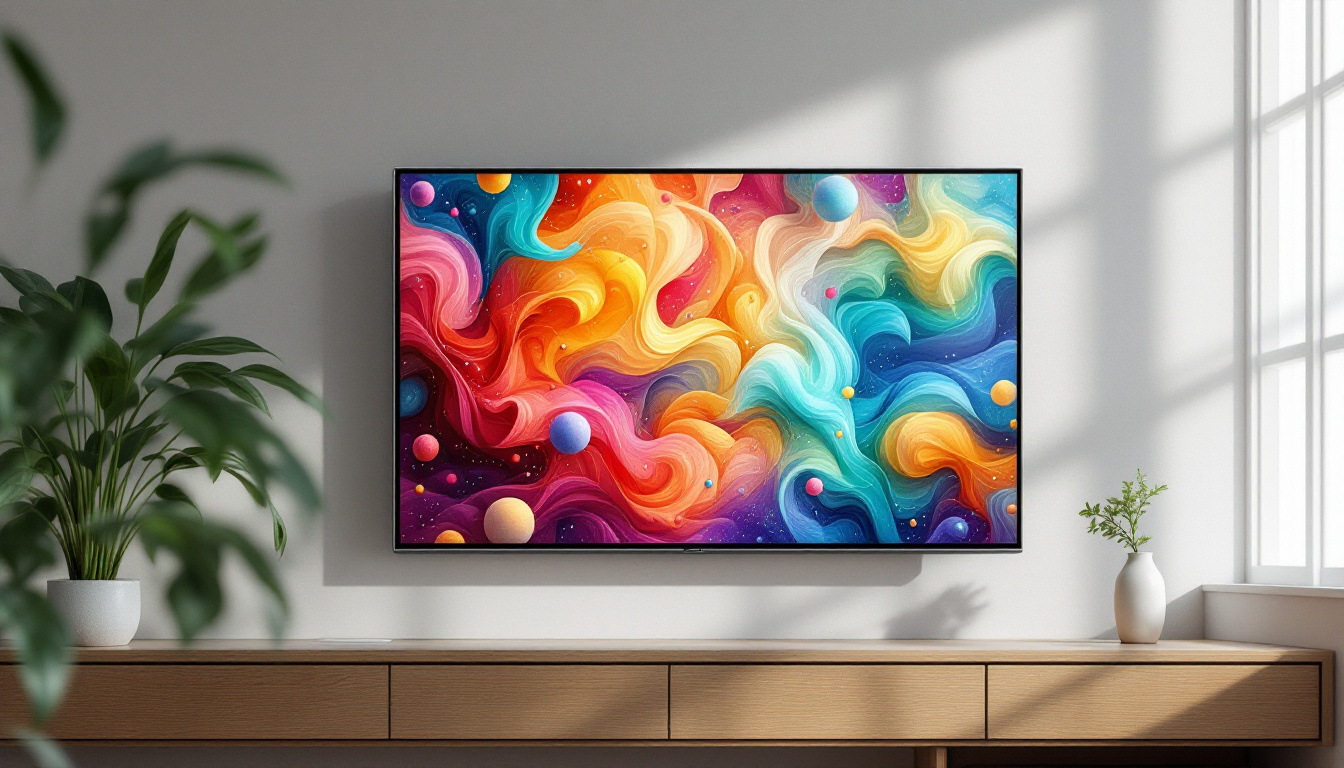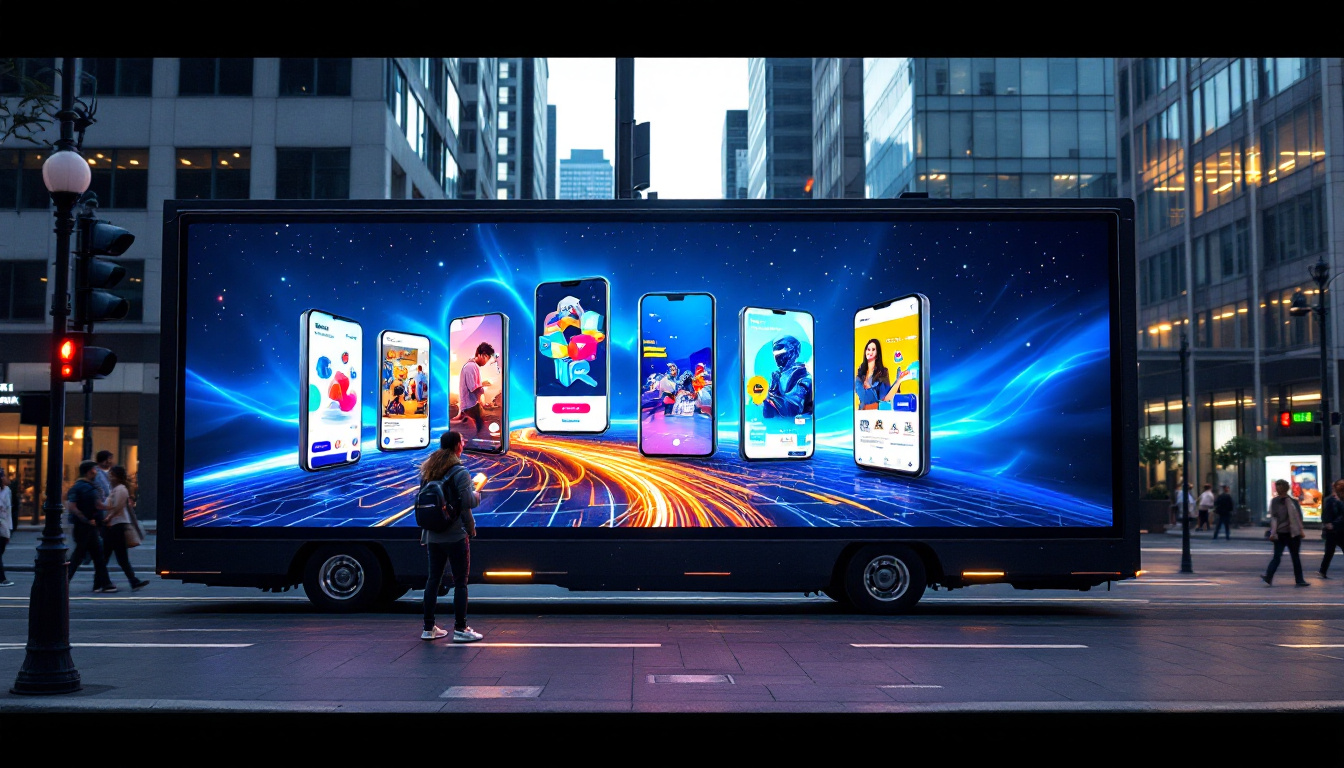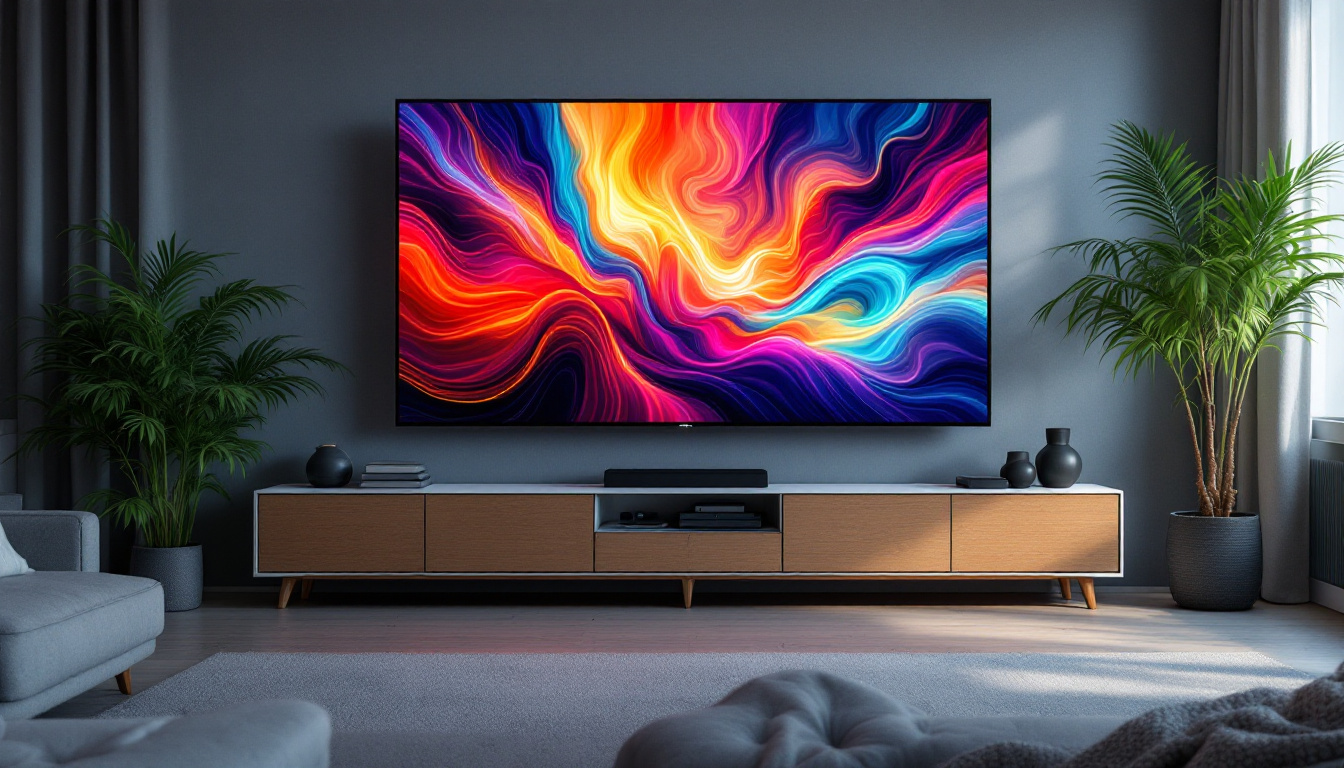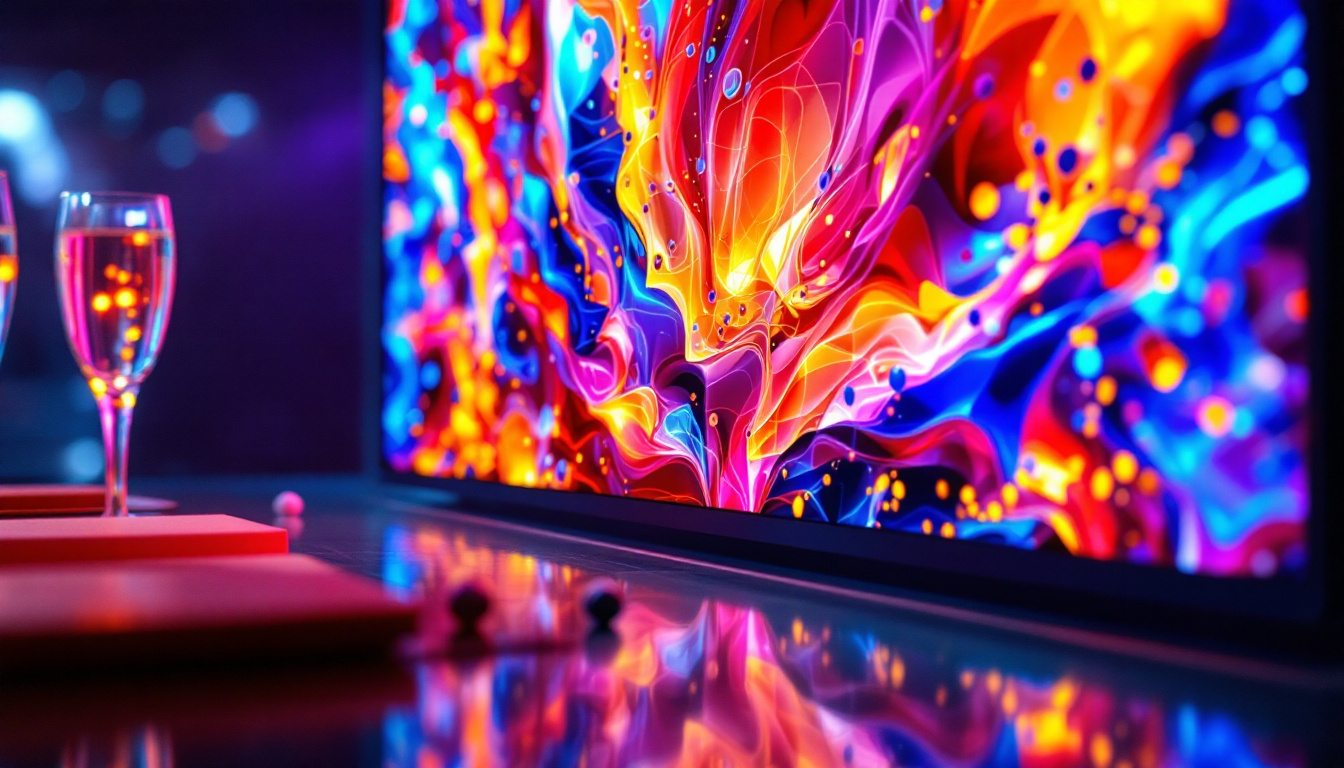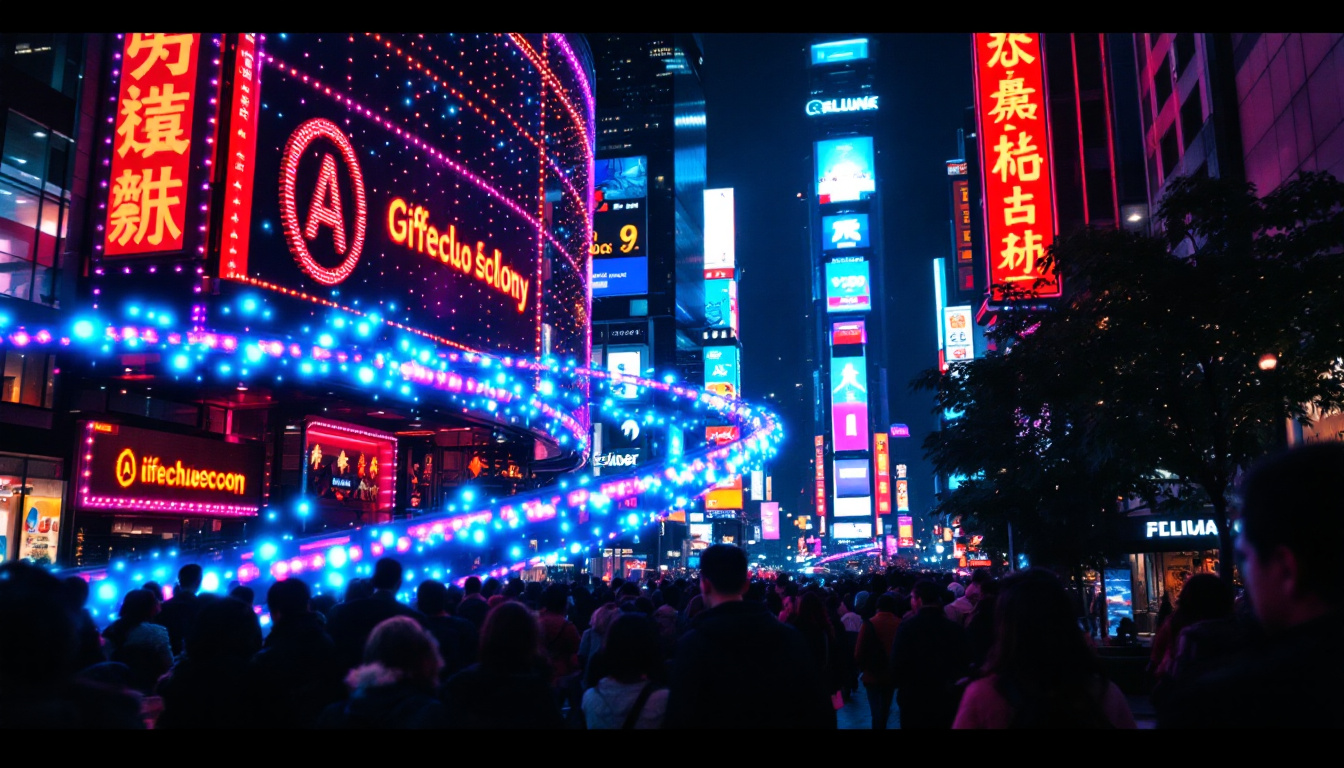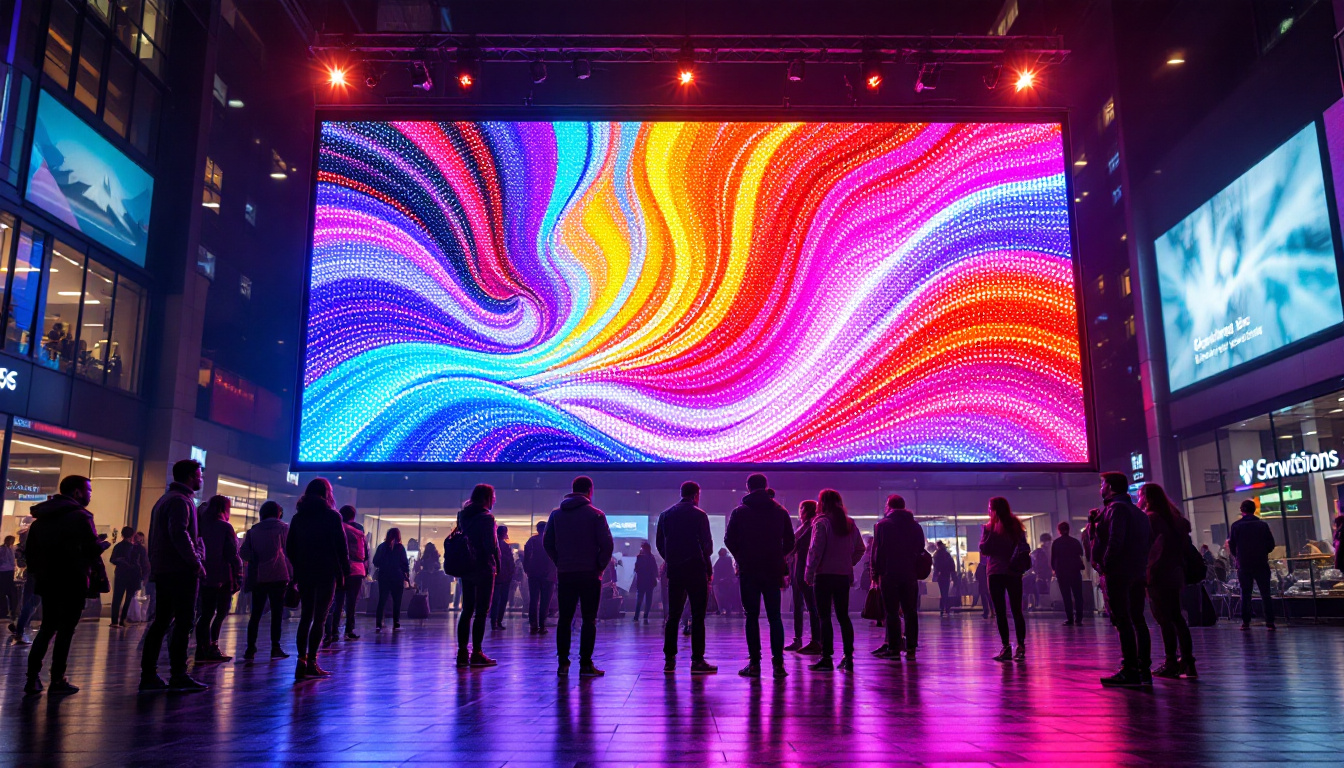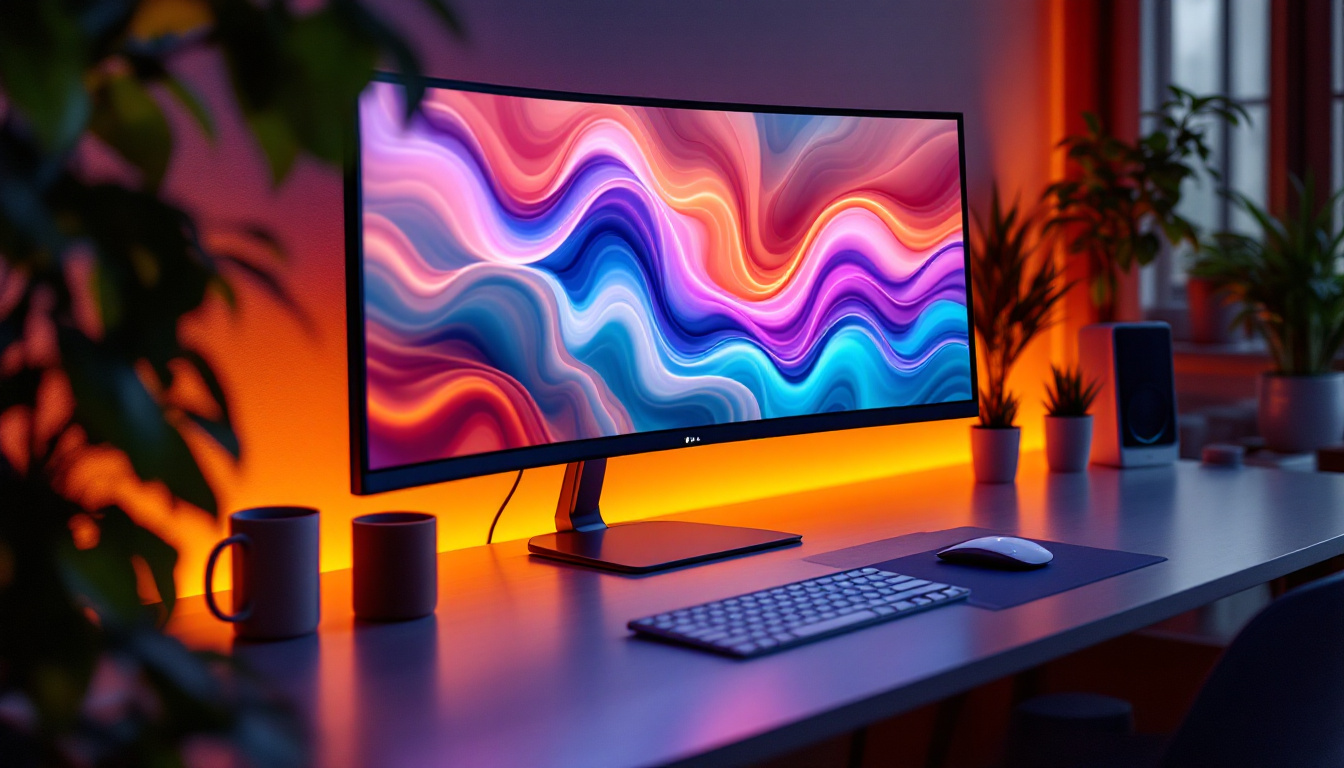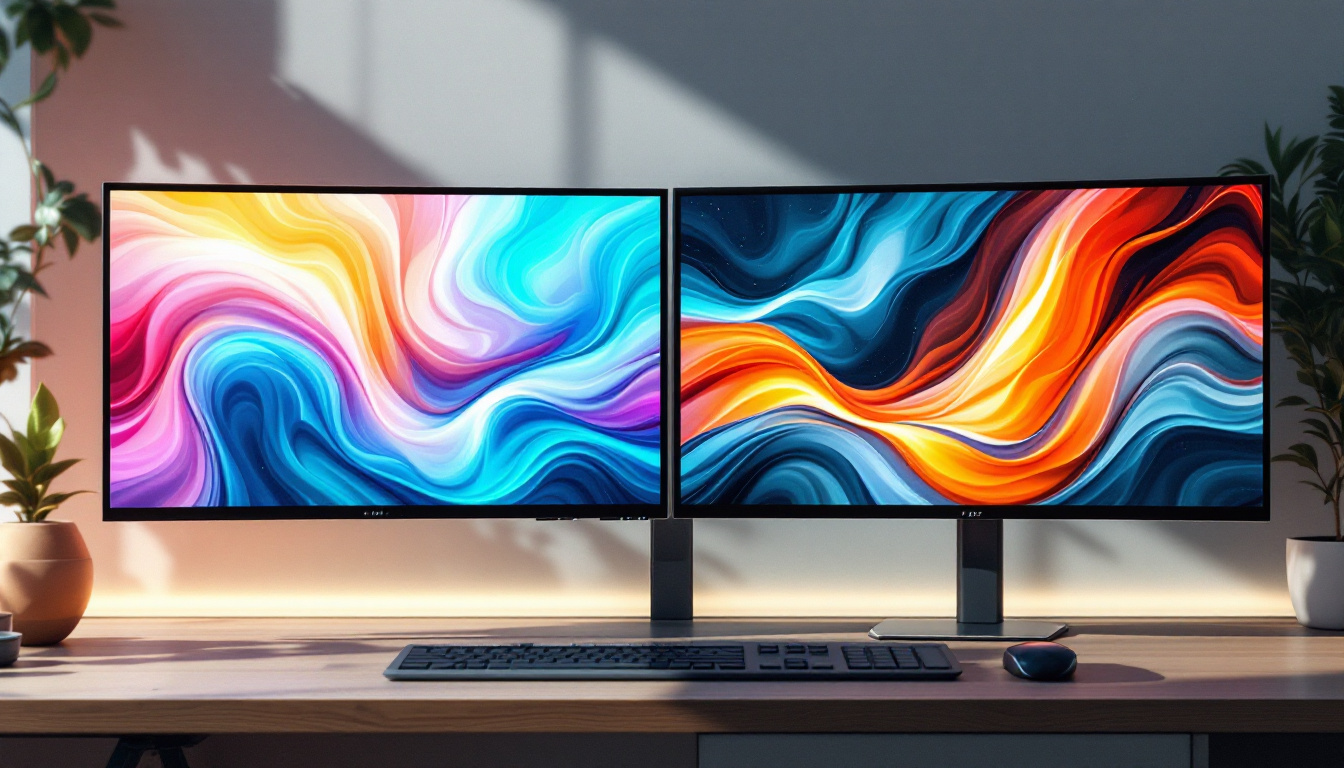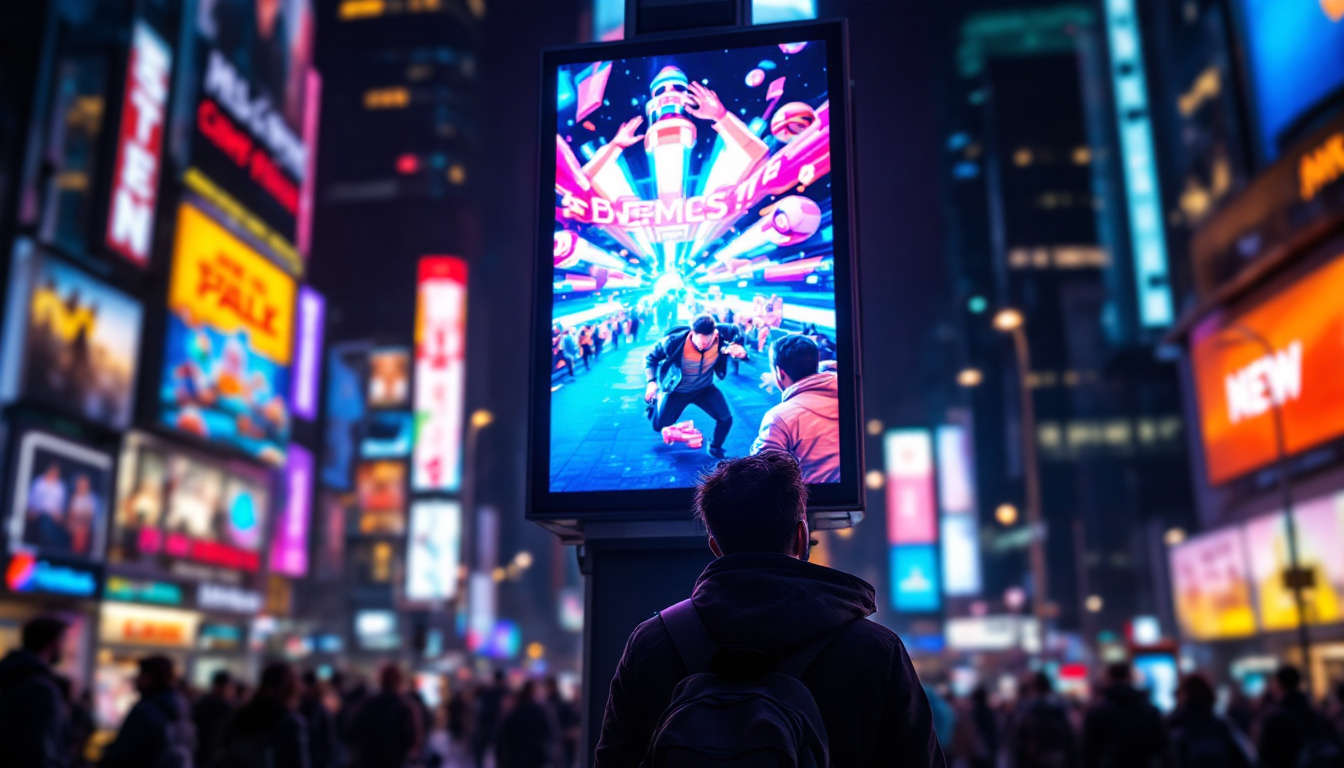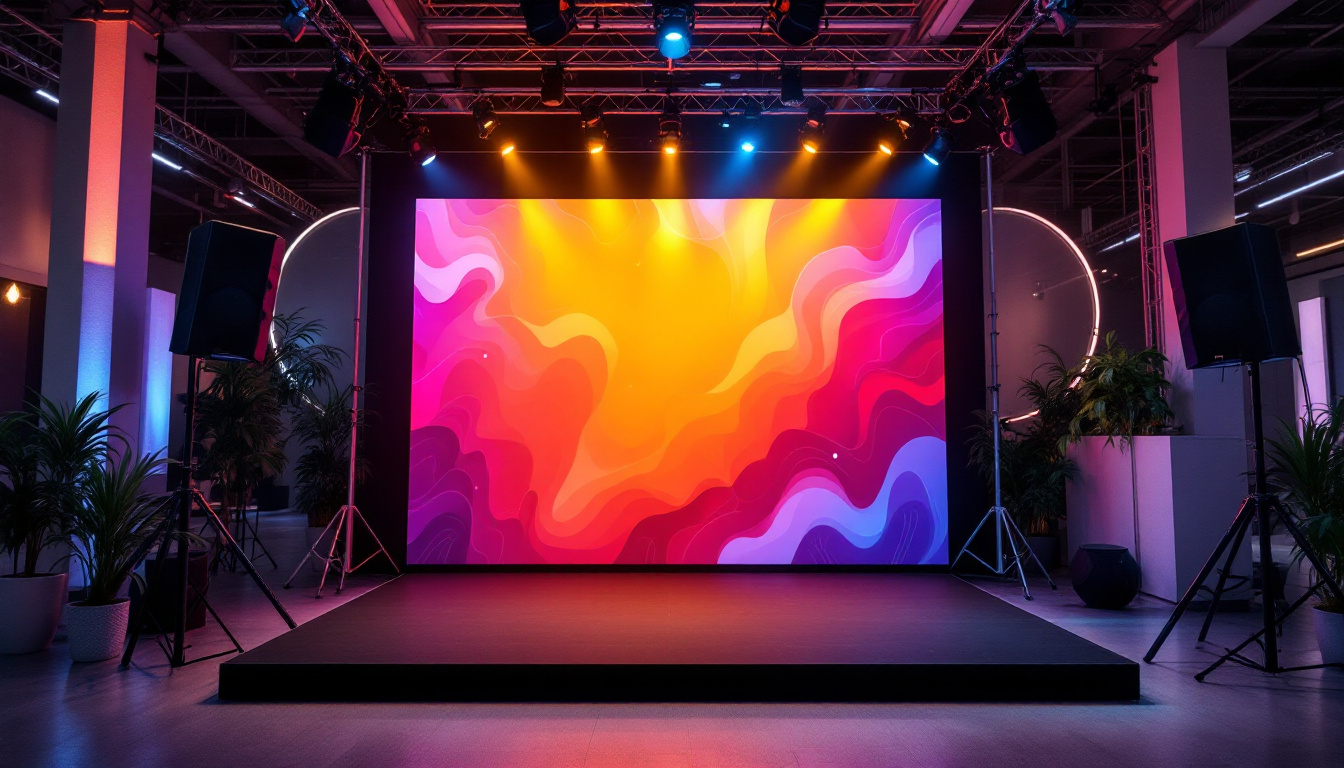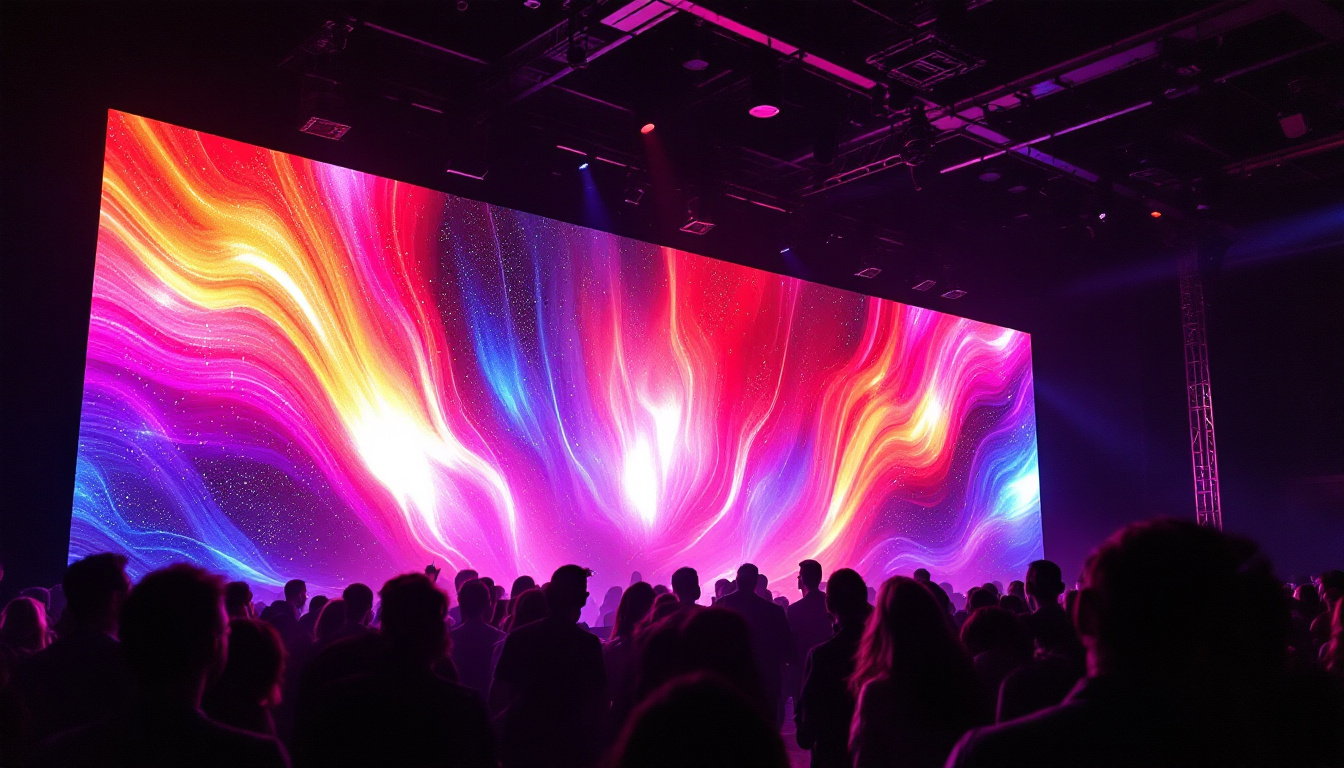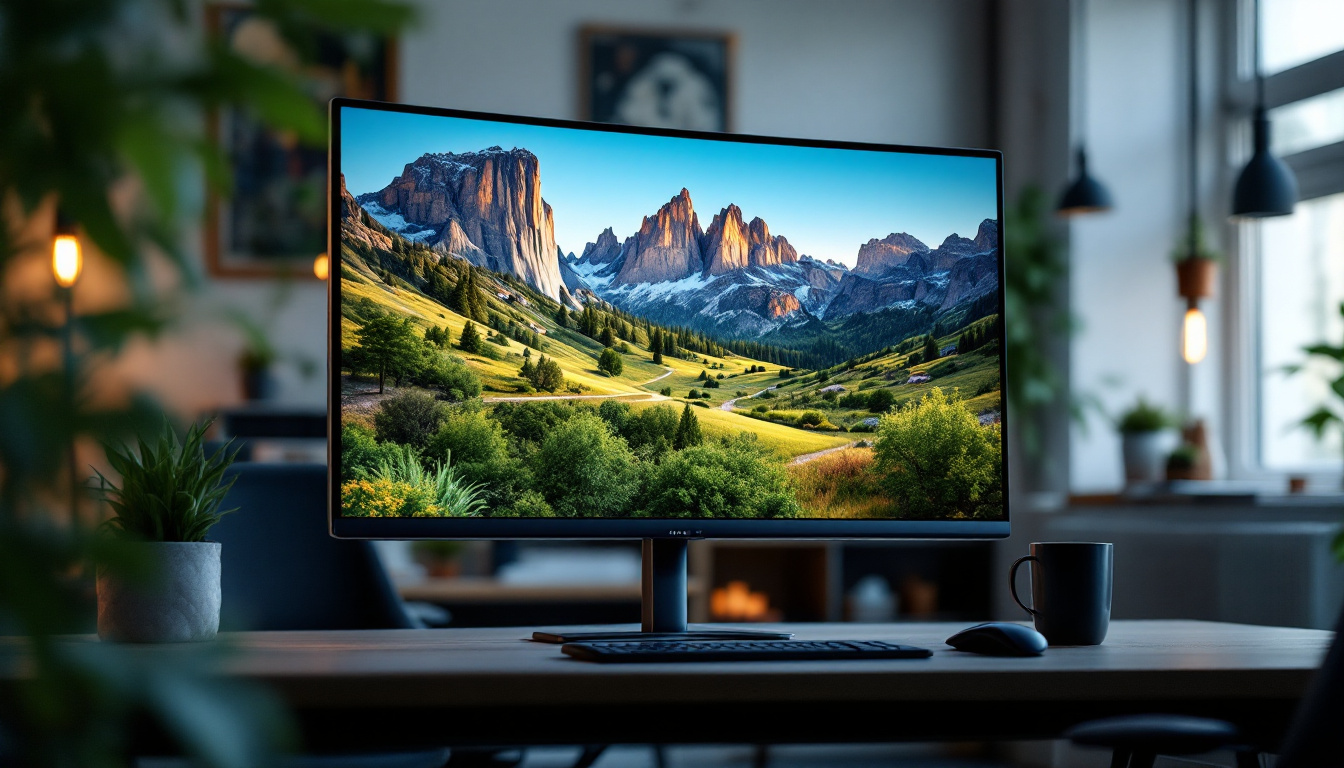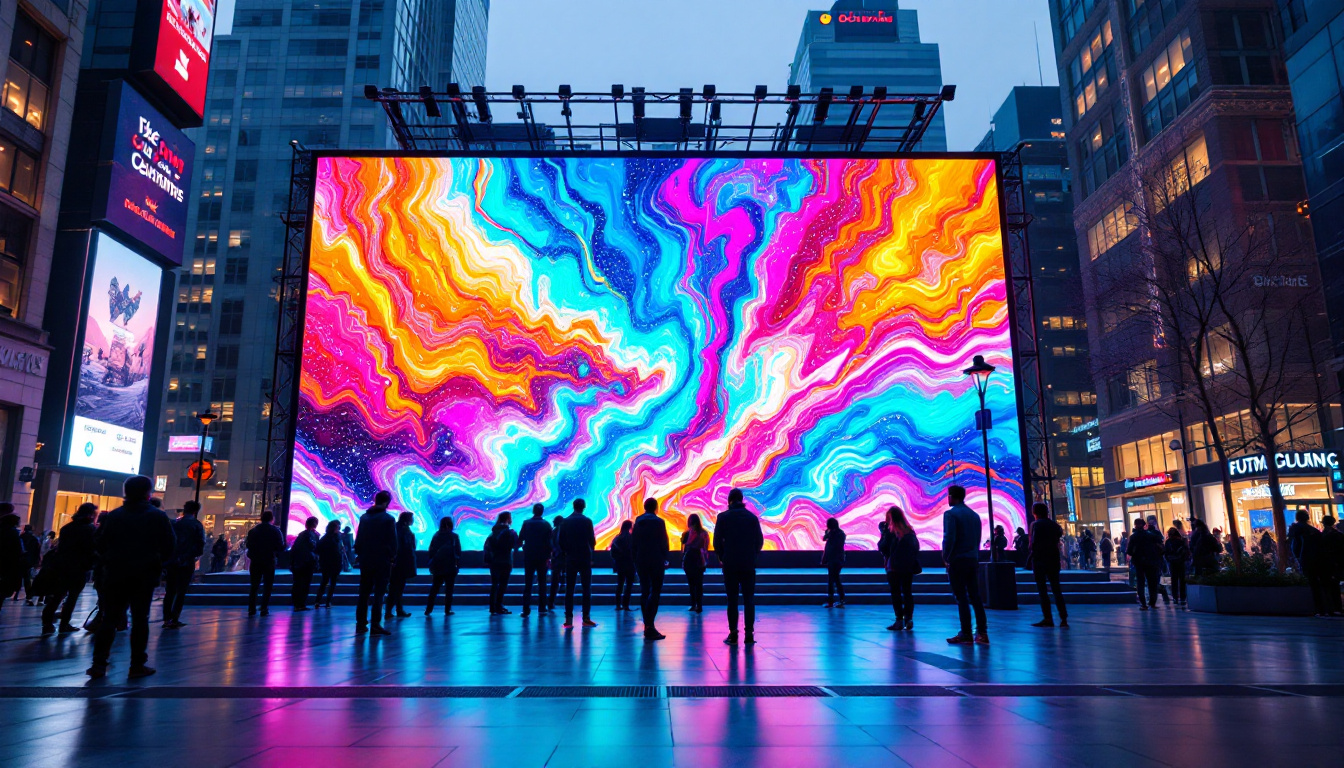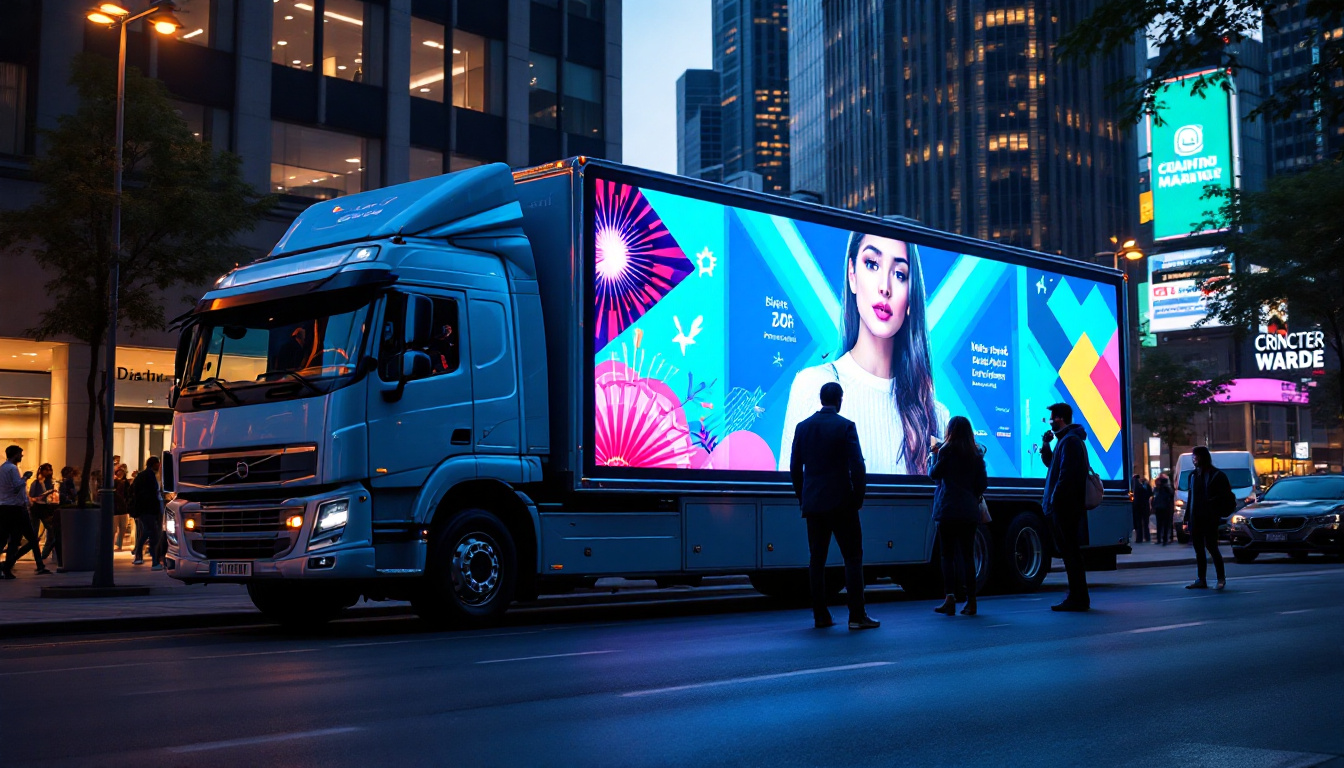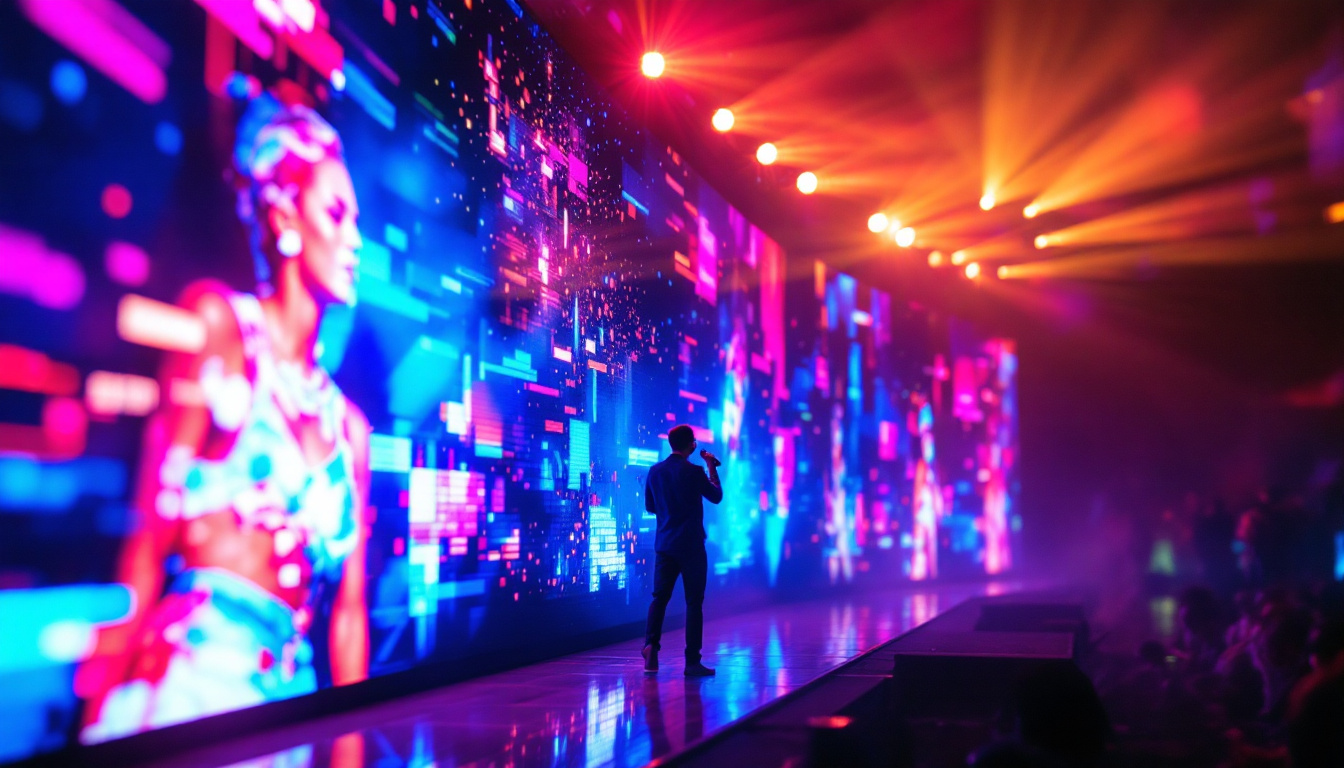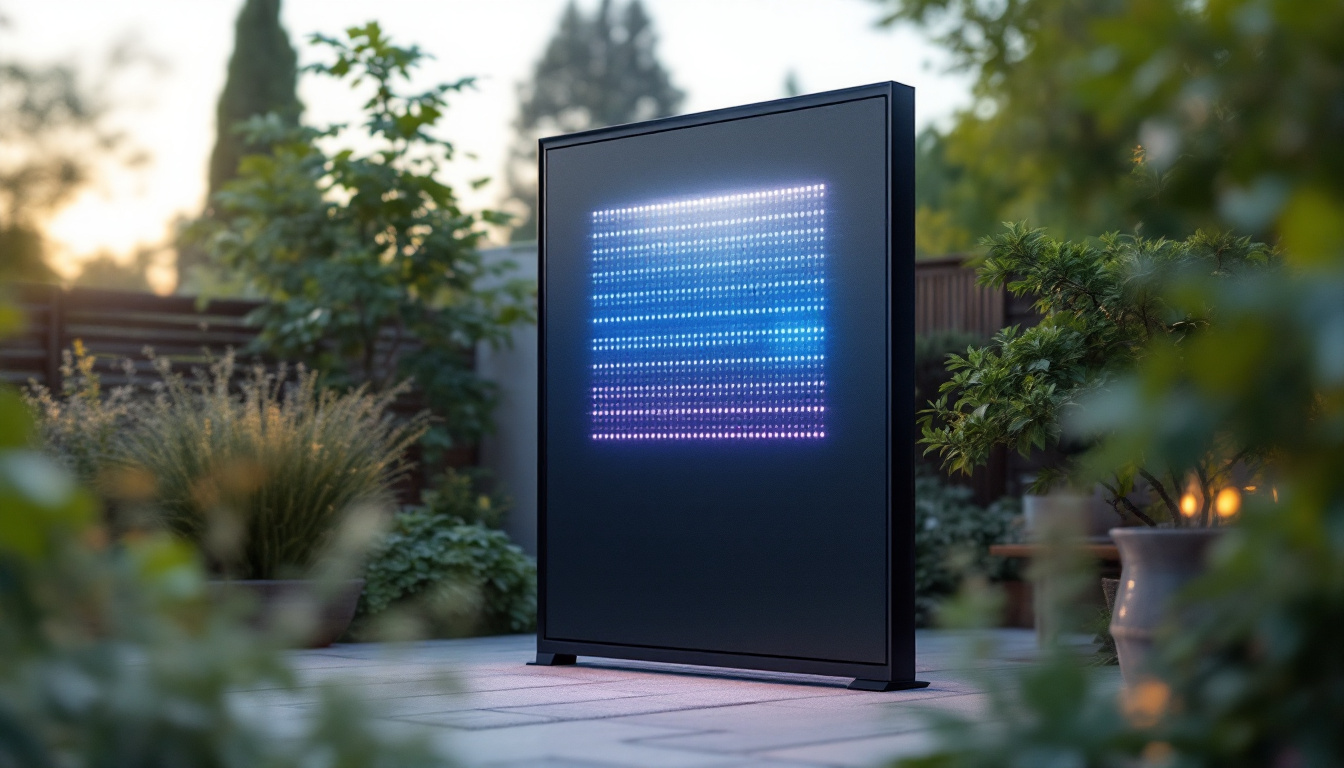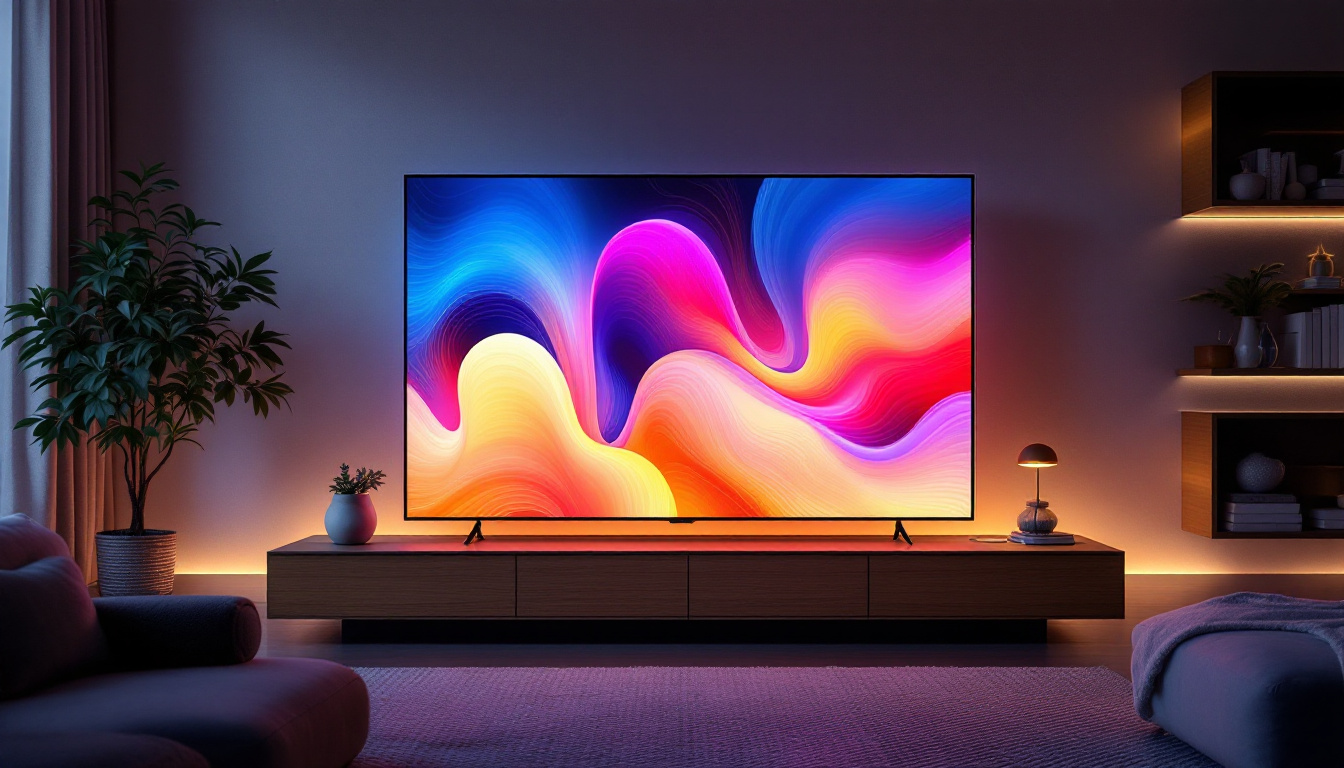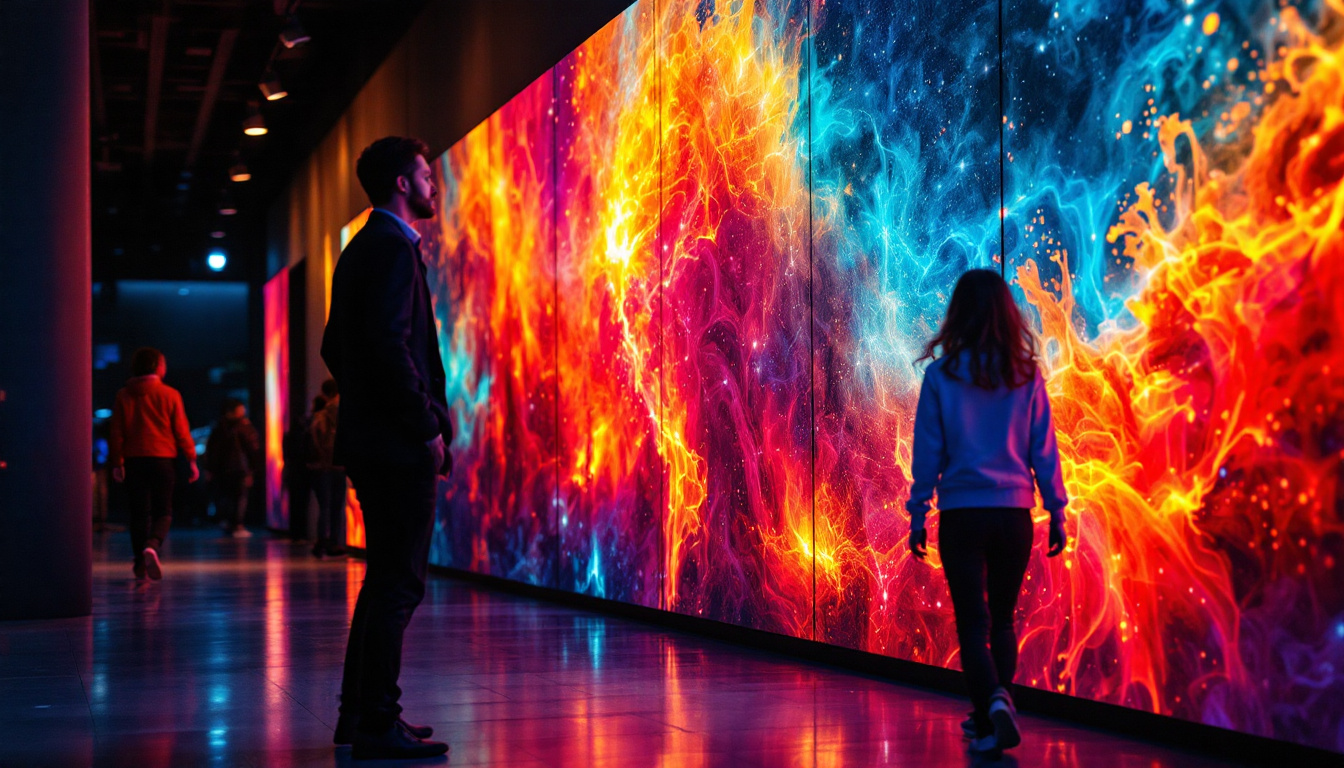In the ever-evolving world of cinema, the quest for the ultimate viewing experience has led to remarkable advancements in technology. Among these innovations, the largest movie theater screen in the world stands out as a monumental achievement. This article delves into the intricacies of this colossal screen, exploring its design, technology, and the immersive experience it offers to audiences around the globe.
The Rise of LED Technology in Cinema
LED technology has revolutionized various industries, and cinema is no exception. The transition from traditional projection methods to LED displays has transformed how films are presented, enhancing both the visual and auditory experience.
Understanding LED Displays
Light Emitting Diodes (LEDs) are semiconductor devices that emit light when an electric current passes through them. Unlike conventional projection systems that rely on bulbs to project images onto a screen, LED displays utilize thousands of tiny diodes to create vibrant images directly on the screen surface. This technology allows for greater brightness, contrast, and color accuracy, making it a preferred choice for modern theaters.
One of the most significant advantages of LED displays is their ability to maintain image quality in various lighting conditions. Whether in a dimly lit room or a brightly lit environment, LED screens deliver consistent performance, ensuring that audiences experience films as intended by the filmmakers. Furthermore, the modular nature of LED technology means that screens can be tailored to fit any space, allowing for innovative designs that enhance the cinematic experience.
Benefits of LED Screens in Theaters
The move towards LED screens in theaters is not just about size; it’s about quality and experience. LED technology offers several benefits that enhance the overall cinema experience:
- Incredible Brightness: LED displays can achieve higher brightness levels than traditional projectors, making colors pop and details sharper.
- Wider Color Gamut: The ability to display a broader range of colors allows for more vivid and lifelike images.
- Longevity: LED screens have a longer lifespan compared to traditional projection bulbs, reducing maintenance costs and downtime.
In addition to these benefits, LED technology also supports high dynamic range (HDR), which enhances the contrast between the darkest and brightest parts of an image. This feature allows filmmakers to create more immersive visuals that captivate audiences, drawing them deeper into the narrative. Moreover, the flexibility of LED installations enables theaters to experiment with different aspect ratios and screen shapes, providing a more customized viewing experience that can adapt to various film formats.
Another noteworthy aspect of LED technology is its energy efficiency. Compared to traditional projection systems, LED displays consume significantly less power, making them an environmentally friendly option for theaters looking to reduce their carbon footprint. This energy efficiency not only translates to lower operational costs but also aligns with the growing demand for sustainable practices within the film industry. As theaters continue to embrace LED technology, they are not only enhancing the cinematic experience but also contributing to a more sustainable future for entertainment.
The Largest Screen: A Marvel of Engineering
The title of the largest movie theater screen in the world is held by an impressive LED display that stretches across a staggering area. This screen not only redefines the dimensions of cinematic viewing but also showcases the pinnacle of engineering and design.
Dimensions and Specifications
The largest screen, measuring over 100 feet in width and nearly 50 feet in height, is a sight to behold. This massive display is composed of thousands of individual LED panels seamlessly connected to create a single, unified viewing surface. The resolution of this behemoth screen is equally impressive, often surpassing 4K standards, ensuring that every detail is captured with stunning clarity.
Moreover, the screen’s aspect ratio is carefully designed to provide an immersive experience, allowing viewers to feel as if they are part of the action. The combination of size and resolution makes this screen a game-changer in the world of cinema. With such expansive dimensions, audiences can enjoy a viewing experience that rivals the grandeur of IMAX theaters, bringing a new level of excitement to blockbuster films and epic storytelling.
Innovative Design Features
Beyond sheer size, the design of the largest movie theater screen incorporates several innovative features that enhance the viewing experience. One such feature is the curved design, which helps to envelop the audience in the film. This curvature allows for a more immersive experience, as viewers can see the action from various angles without distortion.
Additionally, the screen is equipped with advanced sound technology that complements the visual experience. Integrated surround sound systems ensure that audio is perfectly synchronized with the visuals, creating a holistic cinematic experience that captivates audiences. The sound system employs cutting-edge audio engineering techniques, including spatial audio that adjusts based on the viewer’s position in the theater, enhancing the realism of sound effects and dialogue. This level of detail in both visuals and audio transforms a simple movie night into an unforgettable adventure, where every whisper and explosion resonates with clarity and depth.
Furthermore, the theater’s lighting design plays a crucial role in enhancing the overall atmosphere. Smart lighting systems adjust dynamically to the film’s scenes, creating an immersive environment that draws viewers deeper into the narrative. Whether it’s the soft glow of a sunset or the stark brightness of an action-packed chase, the lighting complements the visuals, making every moment on screen feel alive. This meticulous attention to detail ensures that audiences are not just passive viewers but active participants in the cinematic journey, making each screening a unique experience that lingers long after the credits roll.
The Experience of Watching on the Largest Screen
Watching a film on the largest movie theater screen is an experience unlike any other. The combination of size, clarity, and sound creates an environment that transports viewers into the heart of the story.
Immersive Viewing Experience
The sheer scale of the screen has a profound psychological effect on viewers. As the images unfold across the expansive display, audiences often find themselves emotionally engaged in ways that smaller screens cannot replicate. This immersive experience is particularly impactful for action films, epic dramas, and visually stunning animations.
Furthermore, the high-definition resolution ensures that every detail is visible, from the subtle expressions of actors to the intricate backgrounds of expansive landscapes. This level of detail enhances storytelling, allowing filmmakers to convey their vision more effectively.
Audience Reactions and Testimonials
Audience reactions to films shown on the largest screen are overwhelmingly positive. Many viewers report feeling a sense of awe as they enter the theater and are greeted by the massive display. Testimonials often highlight the emotional impact of the experience, with many claiming it has changed the way they perceive cinema.
Critics and film enthusiasts alike have praised the ability of the screen to enhance the storytelling experience. The combination of stunning visuals and immersive sound creates a cinematic journey that resonates long after the credits roll.
Challenges and Considerations
While the largest movie theater screen offers numerous advantages, it also presents unique challenges. The complexity of the technology and the logistics of installation require careful planning and execution.
Technical Challenges
Creating and maintaining a screen of this magnitude involves significant technical challenges. The calibration of thousands of LED panels must be precise to ensure uniform brightness and color across the entire surface. Any discrepancies can lead to a subpar viewing experience, which is unacceptable for such a high-profile installation.
Additionally, the infrastructure required to support the screen is substantial. This includes advanced cooling systems to manage heat generated by the LEDs and robust mounting systems to ensure stability and safety.
Cost Implications
The investment required to install and maintain the largest movie theater screen is considerable. From the initial construction to ongoing maintenance, theaters must weigh the financial implications against the potential for increased ticket sales and audience engagement.
However, many theater operators view this investment as a long-term strategy. The ability to attract larger audiences and host special events can offset the initial costs, making it a worthwhile endeavor for many establishments.
The Future of Cinematic Displays
The success of the largest movie theater screen has sparked interest in similar installations worldwide. As technology continues to advance, the future of cinematic displays looks promising.
Emerging Technologies
As LED technology evolves, new innovations are on the horizon. Future displays may incorporate features such as higher resolutions, improved energy efficiency, and even interactive elements that allow audiences to engage with the film in real-time.
Moreover, advancements in virtual reality (VR) and augmented reality (AR) could lead to entirely new forms of storytelling that blend traditional cinema with immersive experiences. This convergence of technologies promises to redefine how audiences consume films.
Global Impact on Cinema
The introduction of large-scale LED screens is not just a trend; it represents a shift in the cinematic landscape. As theaters around the world adopt this technology, the standard for viewing experiences will rise, pushing filmmakers to create content that takes full advantage of these advancements.
This evolution could lead to a renaissance in cinema, where audiences are treated to breathtaking visuals and engaging narratives that captivate their senses. The largest movie theater screen is just the beginning of a new era in film presentation.
Conclusion
The largest movie theater screen in the world is more than just a technological marvel; it is a testament to the power of innovation in cinema. By embracing LED technology, theaters are not only enhancing the viewing experience but also redefining the way stories are told on screen.
As audiences continue to seek out immersive experiences, the demand for larger and more advanced displays will only grow. The future of cinema is bright, and the journey has only just begun. With each new advancement, the possibilities for storytelling expand, promising an exciting future for filmmakers and audiences alike.
Discover the Future of Cinematic Displays with LumenMatrix
As the cinematic landscape continues to evolve, the demand for immersive visual experiences is at an all-time high. LumenMatrix stands at the forefront of this revolution, offering a wide array of LED display solutions that bring stories to life with unparalleled clarity and impact. From the grandeur of Indoor and Outdoor LED Wall Displays to the innovation of Vehicle and Custom LED Displays, LumenMatrix is dedicated to enhancing your cinematic journey. Explore our cutting-edge LED Sports Displays, Floor LED Displays, and the seamless integration of All-in-One and Transparent LED Displays. Experience the future of visual storytelling and transform your space with LumenMatrix. Check out LumenMatrix LED Display Solutions and join the visual revolution today.

